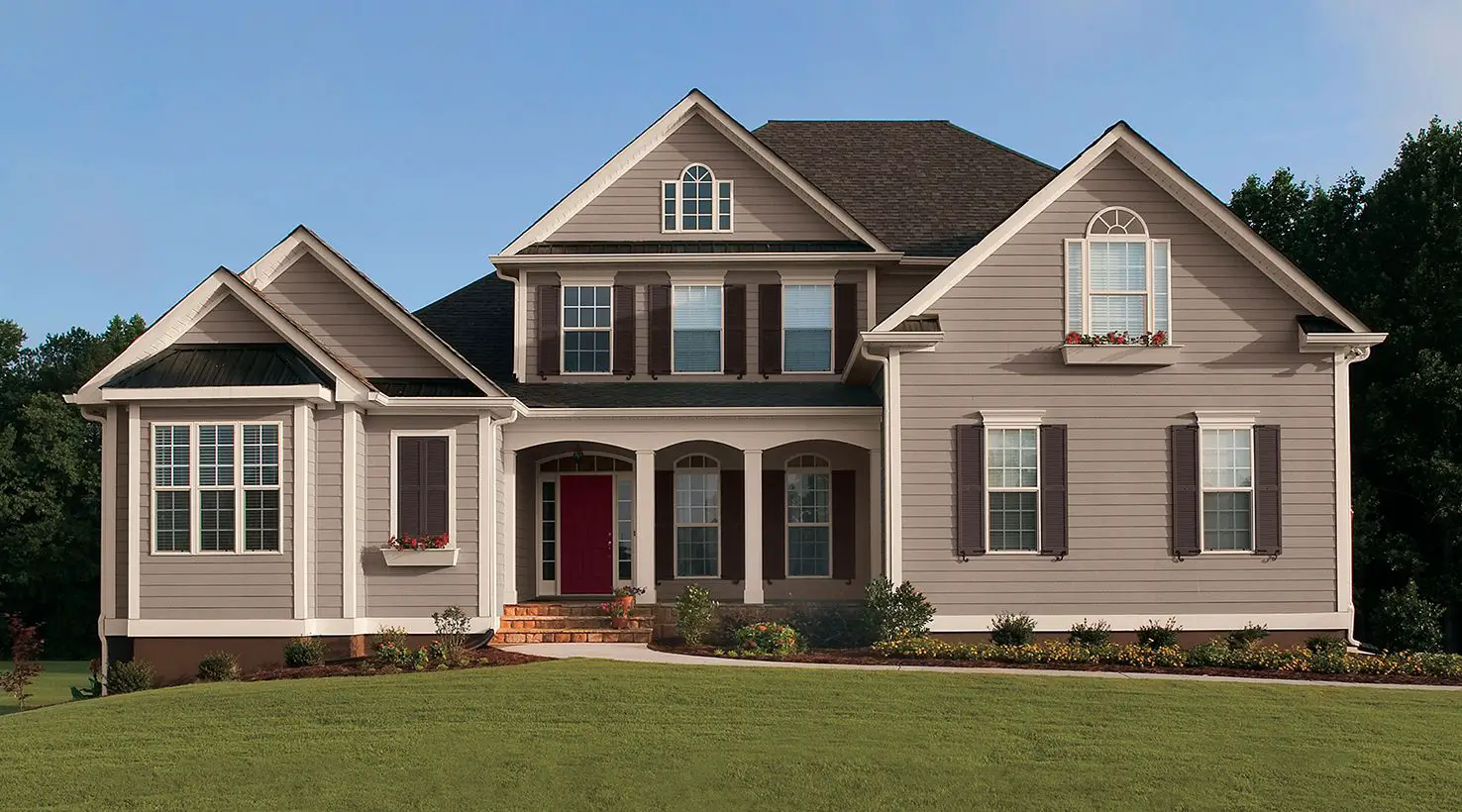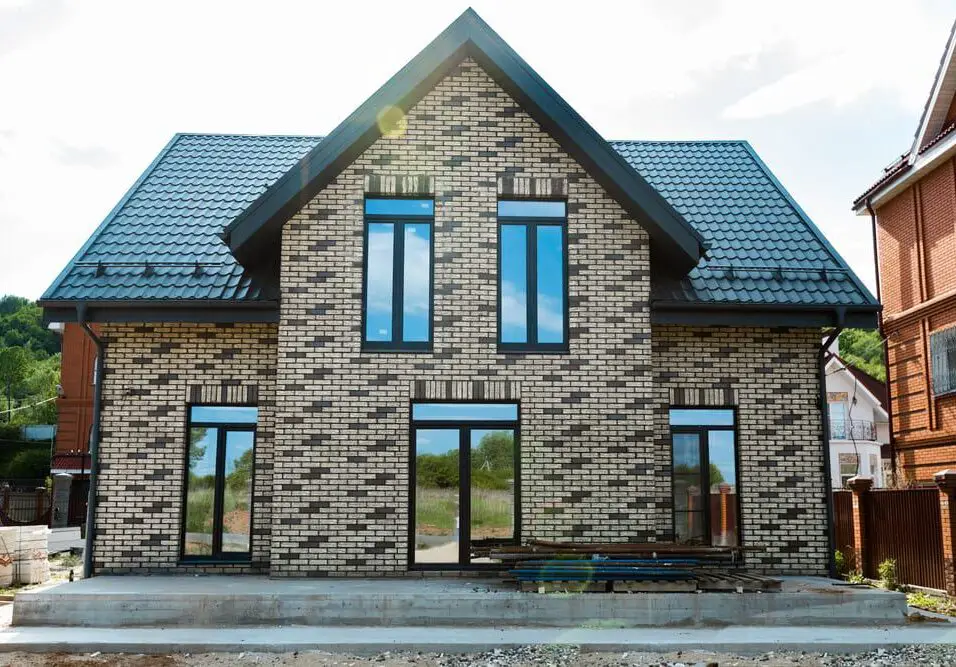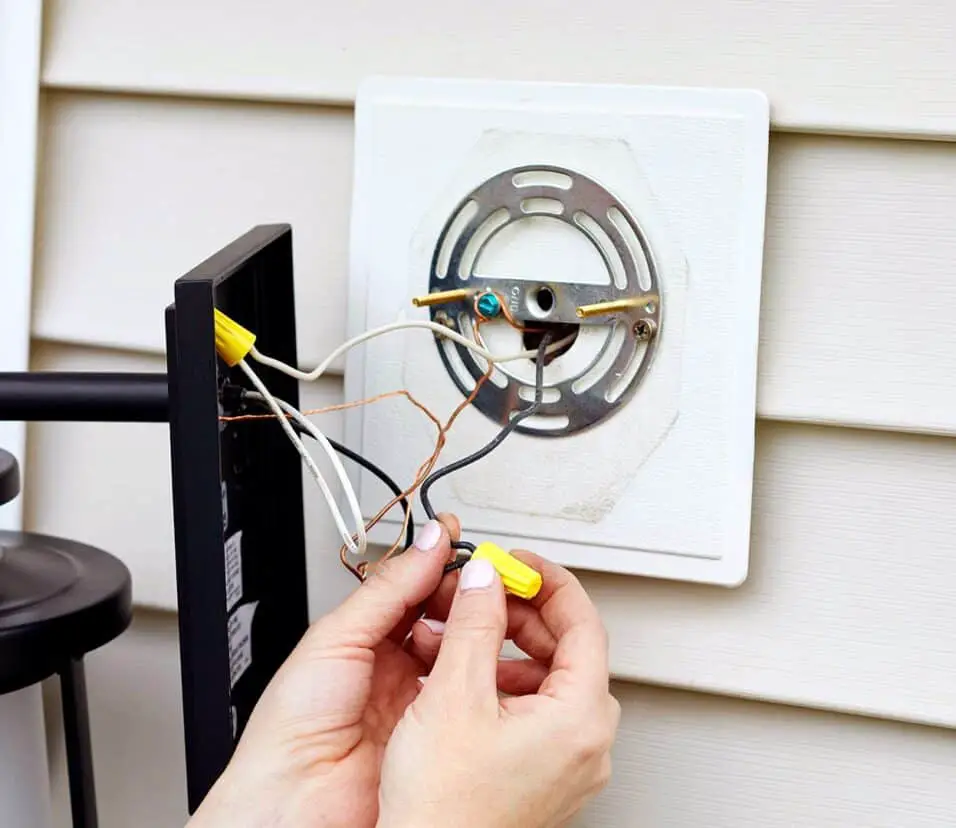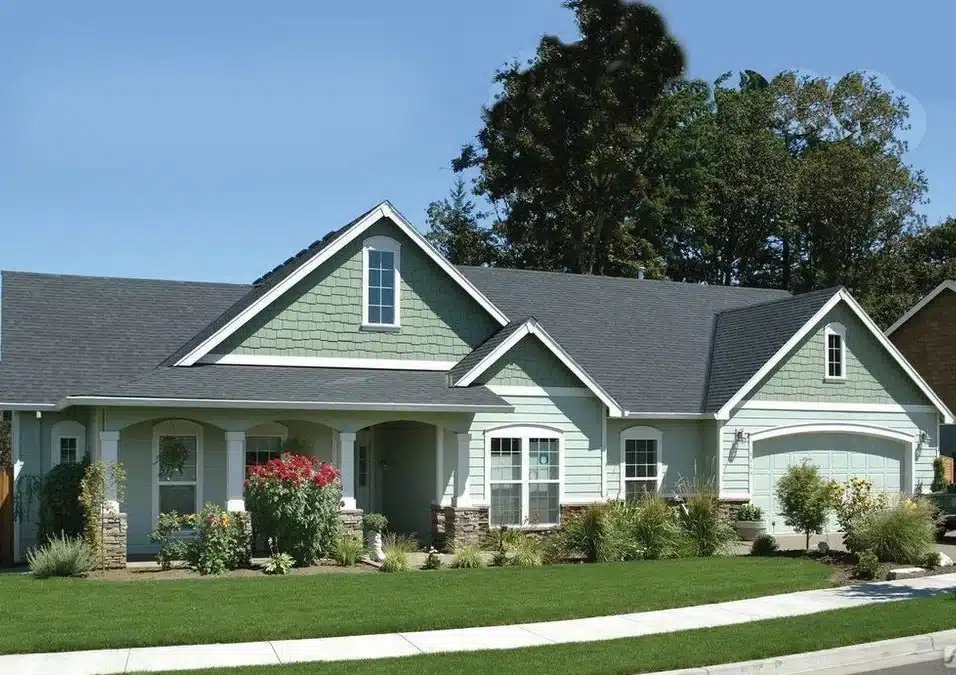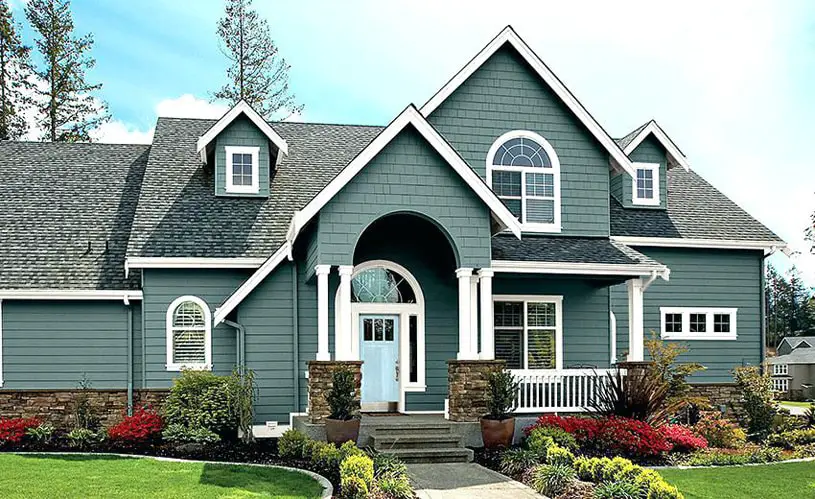How Cold Can You Paint Exterior House
Introduction
How Cold Can You Paint Exterior House: The question of how cold is too cold for exterior painting is a crucial consideration for homeowners looking to refresh their property’s appearance. Exterior painting can dramatically enhance curb appeal and protect your home from the elements, but temperature plays a significant role in achieving successful results. In this guide, we will explore the factors that influence paint application in cold conditions and provide you with essential insights to ensure your painting project’s success.
Painting your house’s exterior in colder temperatures presents unique challenges, from paint consistency to drying times. This guide will offer valuable tips and precautions to help you navigate these challenges and achieve a professional-quality finish. We will delve into the effects of temperature on different types of paints, application techniques, and the necessary preparations to undertake before taking on this task in chilly weather.
By understanding the limitations and opportunities of cold-weather painting, you can confidently embark on your exterior home improvement project. Whether you’re a seasoned DIY enthusiast or a homeowner seeking to revitalize your property, the knowledge gained here will empower you to make informed decisions and achieve impressive results, even when the mercury drops.

Is it OK to paint outside in cold weather?
Most paint brands have labels that warn users not to paint in temperatures below 35 degrees Fahrenheit. Thanks to modern advancements in paint materials, most paint manufacturers now offer acrylic latex paints that can be applied to the exterior of your home in temperatures as low as the threshold of 35 degrees.
Painting outside in cold weather can be challenging and is generally not recommended for several reasons. Cold weather can negatively impact the paint’s drying and curing process, leading to potential issues with the finish and durability of the paint job. Here are some considerations:
- Drying Time: In cold weather, paint takes much longer to dry. This prolonged drying time can result in dust, dirt, and debris sticking to the wet paint surface, which can mar the finish.
- Curing Issues: Cold temperatures can slow down the curing process of paint. When paint doesn’t cure properly, it may remain soft and susceptible to damage for an extended period, impacting its longevity.
- Adhesion Problems: Cold weather can affect the paint’s ability to adhere properly to the surface. This can lead to poor adhesion, peeling, or blistering of the paint in the future.
- Quality of Finish: Cold weather can cause paint to thicken, making it more challenging to apply smoothly. This can result in an uneven finish with visible brush or roller marks.
- Freezing Risk: If the temperature drops significantly below freezing while the paint is still wet or drying, it can freeze, causing irreparable damage to the paint film.
- Moisture Issues: Cold weather can trap moisture in the paint film, leading to problems like cracking and bubbling as the moisture attempts to escape.
While it’s not advisable to paint exteriors in cold weather, there are some specialized cold-weather paints and additives available that can help extend the temperature range for exterior painting. However, it’s essential to follow the manufacturer’s recommendations and consider the local climate conditions when deciding whether to paint in cold weather.
Is it OK to paint house exterior in winter?
Painting the exterior of a house in winter can be challenging due to the colder temperatures and higher humidity levels associated with the season. While it’s not impossible, it’s generally best to avoid exterior painting in the winter, especially if you live in an area with harsh winters. Here are some reasons why:
- Temperature: Cold weather can significantly extend the drying and curing time of paint. This can result in the paint taking longer to set properly, making it vulnerable to damage from weather, dust, and debris.
- Humidity: High humidity levels can affect the paint’s ability to dry and cure effectively. Excess moisture in the air can lead to issues like poor adhesion, bubbling, and blistering.
- Freezing Risk: In regions where temperatures drop below freezing, there’s a risk of the paint freezing before it cures. Frozen paint can be damaged and may not adhere well to the surface.
- Quality of Finish: Cold weather can cause paint to thicken and become more challenging to apply smoothly. This can result in an uneven finish with visible brush or roller marks.
- Moisture Problems: The combination of cold temperatures and moisture can lead to moisture becoming trapped within the paint film. This can cause problems like cracking and peeling as the moisture attempts to escape.
While exterior painting is best done in milder weather conditions, there are some measures you can take to make it more feasible in winter. These include using specialized cold-weather paint, painting during the warmest part of the day, ensuring proper surface preparation, and closely monitoring weather forecasts to avoid freezing temperatures and rain during the drying period.
Can you paint in house when cold?
But it’s ok; you can still work on indoor paint projects even during cold and wet weather and as long as it’s between 10 and 30 degrees Celsius and you have adequate air circulation, it will dry just fine.
Painting inside a house when it’s cold is generally more feasible than exterior painting in cold weather. However, there are still some considerations to keep in mind:
- Temperature: Cold indoor temperatures can affect the drying and curing time of paint. It’s essential to maintain a consistent temperature in the room to ensure that the paint dries and cures properly. Most paint manufacturers recommend a minimum indoor temperature of around 50-70 degrees Fahrenheit (10-24 degrees Celsius) for optimal results.
- Ventilation: When painting indoors in cold weather, it’s important to maintain adequate ventilation to allow fumes and odors to dissipate. However, opening windows or doors in very cold conditions can lower the indoor temperature and affect the paint’s drying time.
- Humidity: High humidity levels indoors can also impact paint drying and curing. It’s advisable to use a dehumidifier or ensure good air circulation to control humidity levels.
- Drying Time: Be prepared for longer drying times when painting in cold indoor conditions. Plan your project accordingly, and avoid touching or applying additional coats until the paint is fully dry.
- Paint Type: Some paint products are formulated specifically for cold weather or low-temperature applications. Consider using these products if you need to paint indoors in colder conditions.
Overall, while it is possible to paint indoors when it’s cold, it requires careful planning, temperature control, and proper ventilation to achieve the best results.
What happens if you paint when its too cold?
Painting in cold weather can often lead to unsatisfying results, so it’s important to understand the downsides. For example, painting at temperatures below 50°F can lead to surfaces drying improperly, sometimes with a cracking paint film.
Painting in cold weather can lead to various issues that can affect the quality and durability of the paint job. Here are some potential problems that can arise when painting in cold conditions:
- Extended Drying Time: Cold weather significantly prolongs the time it takes for paint to dry. This can result in dust, debris, or insects sticking to the wet paint surface, marring the finish.
- Curing Problems: Proper curing of paint is essential for its durability. Cold temperatures can slow down the curing process, leaving the paint soft and vulnerable to damage for an extended period.
- Adhesion Issues: Cold weather can affect the paint’s ability to adhere to the surface properly. This can lead to poor adhesion, which can result in peeling or blistering of the paint in the future.
- Finish Quality: Cold weather can cause the paint to thicken, making it more challenging to apply smoothly. This can result in an uneven finish with visible brush or roller marks.
- Moisture Problems: Cold weather can trap moisture within the paint film, leading to issues like cracking and bubbling as the moisture attempts to escape.
To avoid these problems, it’s generally recommended to paint in conditions that are within the manufacturer’s recommended temperature range. If you must paint in cold weather, consider using specialized cold-weather paints and taking precautions to control temperature, humidity, and ventilation to optimize the paint’s performance.
Can you paint outside at 10 degrees Celsius?
As a rule of thumb, the best temperature to paint outside is 40 to 90 degrees Fahrenheit, with an ideal painting temperature range of 50 to 70 degrees Fahrenheit. This translates to roughly 4 to 32 degrees Celsius as the best temperature range and 10 to 21 degrees Celsius as ideal temperatures to paint exteriors.
Painting outside at 10 degrees Celsius (50 degrees Fahrenheit) can be feasible, but it’s on the lower end of the ideal temperature range for painting. Here are some considerations when painting in these conditions:
- Temperature Range: Most paint manufacturers recommend a minimum temperature range for exterior painting, typically around 10-15 degrees Celsius (50-60 degrees Fahrenheit) or higher. Painting below this range can lead to several issues, including poor adhesion, prolonged drying times, and potential problems with the paint finish.
- Paint Type: Check the paint label or manufacturer’s recommendations to ensure you’re using the appropriate product.
- Drying Time: In cooler temperatures, paint takes longer to dry.
- Surface Preparation: Proper surface preparation is crucial when painting in cooler conditions. Ensure that the surface is clean, dry, and free from contaminants. Cold weather can make it more challenging for paint to adhere to surfaces with moisture, dirt, or loose paint.
- Humidity: Consider the humidity levels as well. High humidity can slow down the drying process and affect the paint’s performance. Adequate ventilation can help mitigate humidity issues.
In summary, while it is possible to paint outside at 10 degrees Celsius, it’s important to choose the right paint type, be patient with drying times, and pay close attention to surface preparation and environmental conditions to achieve the best results. If possible, painting in more favorable weather conditions is advisable.
How long does exterior paint take to dry?
When planning out the best time to paint your home’s exterior, you should be conscious of upcoming rainy days. For best results, you should have 5 consecutive, dry, sunny days to allow your paint to fully dry. You need 6 to 24 hours, depending on your paint.
The drying time for exterior paint can vary depending on several factors, including the type of paint, temperature, humidity, and the specific brand and product you’re using. However, here are some general guidelines for different stages of paint drying:
- Touch Dry: Exterior paint is typically touch dry within a few hours after application. This means you can gently touch the painted surface without leaving fingerprints or marks.
- Recoat Time: Most exterior paints have a recommended recoat time, which is the minimum amount of time you should wait before applying a second coat. This can range from 2 to 24 hours or more, depending on the paint type and brand.
- Full Cure: Full curing of exterior paint can take much longer, often several days to a few weeks, depending on environmental conditions. During this time, the paint undergoes chemical changes, becomes harder, and reaches its maximum durability.
Several factors can influence drying times:
- Temperature: Warmer temperatures generally lead to faster drying times, while cooler temperatures slow down the drying process.
- Humidity: High humidity levels can slow down drying times. Adequate ventilation and dehumidification can help control humidity levels during painting.
- Paint Type: The type of paint you’re using, such as latex or oil-based, can affect drying times. Water-based latex paints typically dry faster than oil-based paints.
- Number of Coats: Each coat of paint needs to dry before applying the next. If you’re applying multiple coats, consider the recoat time recommendations.
It’s essential to follow the manufacturer’s instructions on the paint can for specific drying times and recoat intervals. Additionally, avoid exposing freshly painted surfaces to moisture or extreme temperature changes during the drying and curing process, as this can negatively impact the finish and durability of the paint job.
Why shouldn’t you paint in the cold?
Low temperatures affect both the application and drying of paint. Some paints are, however, manufactured with special additives to overcome this problem and improve their performance.
Painting in cold weather, especially when temperatures are below the recommended range for the specific paint product you’re using, is discouraged for several reasons:
- Drying Time: Cold weather significantly prolongs the drying time of paint. This extended drying time can lead to issues such as dust, dirt, and debris sticking to the wet paint surface, which can mar the finish.
- Curing Issues: Low temperatures can slow down the curing process of paint. Proper curing is essential for the paint to harden and reach its maximum durability. Paint that doesn’t cure properly may remain soft and susceptible to damage for an extended period.
- Adhesion Problems: Cold weather can affect the paint’s ability to adhere properly to the surface. Poor adhesion can lead to problems like peeling or blistering of the paint in the future.
- Quality of Finish: The cold can cause paint to thicken, making it more challenging to apply smoothly. This can result in an uneven finish with visible brush or roller marks.
- Freezing Risk: If the temperature drops significantly below freezing while the paint is still wet or drying, it can freeze. Frozen paint can be damaged and may not adhere well to the surface.
- Moisture Issues: Cold weather can trap moisture in the paint film, leading to problems like cracking and bubbling as the moisture attempts to escape.
While it’s not impossible to paint in cold conditions, it’s generally best to wait for more favorable weather. If you must paint in cooler temperatures, consider using specialized cold-weather paints and taking precautions to control temperature, humidity, and ventilation to optimize the paint’s performance.
Does paint cure faster in the cold?
Paint will take forever to dry in a room that’s too cold (think 50 degrees Fahrenheit or cooler). Meanwhile, if the room is too hot (70 degrees Fahrenheit or warmer), you’ll end up with a top layer that dries too quickly, leaving the bottom layers wet and leading to an imprecise paint job.
No, paint does not cure faster in cold weather; in fact, the opposite is true. Cold temperatures slow down the curing process of paint. Curing is the chemical process that occurs after the paint has dried to a certain extent, during which it hardens and reaches its maximum durability.
Here’s why paint cures more slowly in the cold:
- Chemical Reactions: The curing of paint involves chemical reactions that occur more slowly at lower temperatures. These reactions are responsible for the paint film becoming hard and durable over time.
- Viscosity: Cold temperatures can increase the viscosity or thickness of paint. This can make it more difficult for the chemicals in the paint to react and cure properly.
- Moisture Content: Cold weather can trap moisture within the paint film, which can interfere with the curing process. Moisture can lead to issues like cracking and bubbling as it attempts to escape from the paint film.
- Adhesion: Paint may not adhere as effectively to the surface in cold conditions, which can affect the curing process and long-term durability.
To achieve the best results and ensure that paint cures properly, it’s advisable to paint within the recommended temperature range specified by the paint manufacturer. If you must paint in colder weather, consider using specialized cold-weather paints and taking precautions to control temperature, humidity, and ventilation during the curing period.
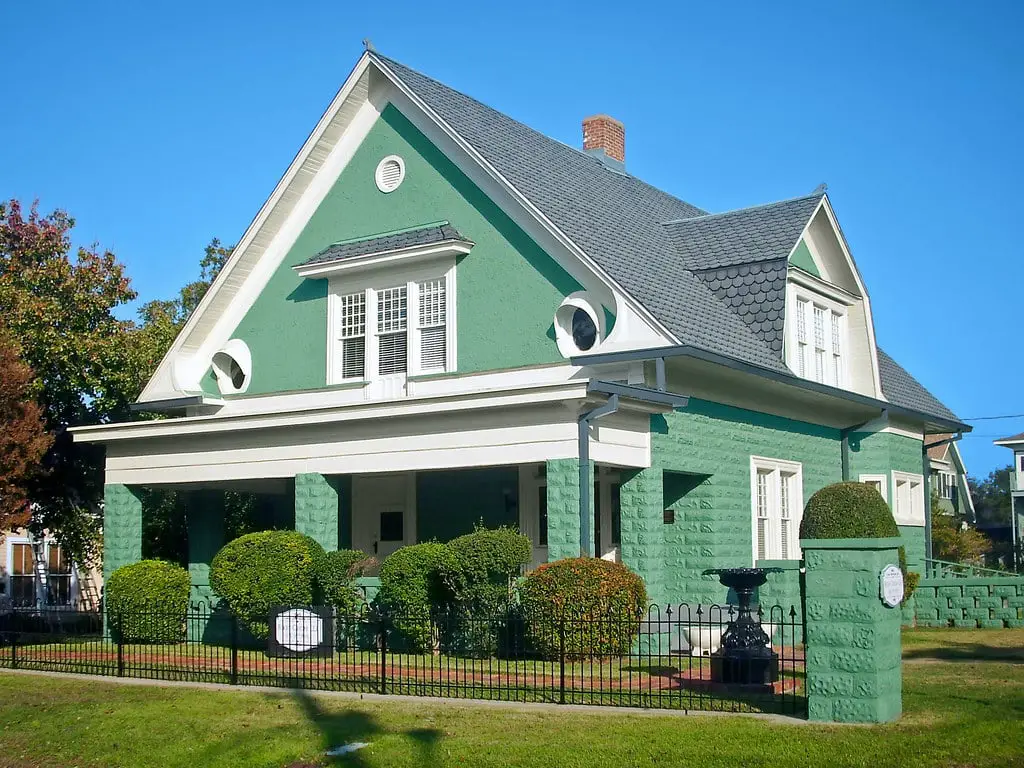
Conclusion
Painting the exterior of your house in cold weather requires careful consideration and proper planning. As we wrap up this guide, you now possess valuable insights into the nuances of cold-weather painting, equipping you with the knowledge to achieve a successful and lasting paint job even when the temperatures drop.
From choosing the right type of paint to adjusting application techniques and timing, your understanding of how cold you can paint an exterior house has expanded significantly. Remember that patience is key in colder conditions, as extended drying times may be necessary. The diligence and attention to detail you’ve invested in your project will undoubtedly be reflected in the final outcome.
As you step back and admire your newly exterior paint, take pride in the fact that you’ve successfully tackled a home improvement task that not only enhances your property’s appearance but also demonstrates your ability to adapt and overcome challenges. By adhering to the guidelines provided in this guide, you’ve not only transformed your home’s façade but also expanded your skills as a homeowner and DIY enthusiast.



